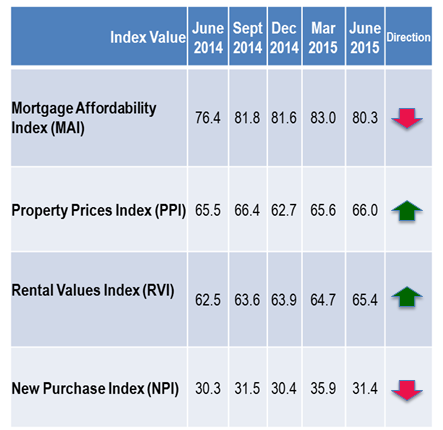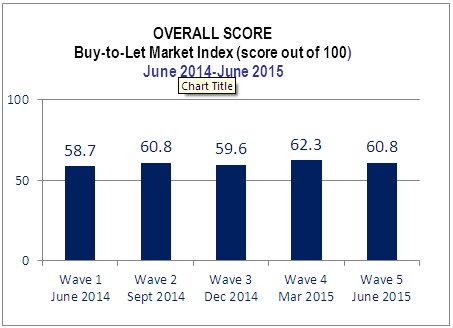07 September 2015
Almost 50% of British property owners have aspirations to become buy-to-let landlords, according to nationwide research undertaken by Bank of Ireland UK.
The latest research shows that London continues to be the most property-hungry with over 72% of respondents saying they would become landlords if they could afford it. The lowest levels of interest were seen in Scotland.
Recent events, including changes to the Inheritance Tax (IHT) and the Pensions Freedom, have meant that buy-to-let is becoming an ever-increasingly attractive investment.
According to the latest survey, 20% of property owners are more likely to invest in buy-to-let as a result of the Pensions Freedom and 22% following the change in IHT.
And despite the changes announced by the Chancellor in July’s budget, the outlook looks bright for the buy-to-let market; a view supported, as research by PwC has shown that the number of landlords is set to grow further.
So attractive is the buy-to-let market, that property owners believe it to be better than other types of investment over the long term. A sentiment that is particularly strong is that buy-to-let will outperform Cash Investments like ISAs, gaining a positive net score of 45% amongst property owners.
The research is part of the Bank of Ireland UK buy-to-let index which is undertaken each quarter amongst British property owners to monitor the attitudes of private landlords and homeowners in the buy-to-let market and give an indicator of the future health of the British buy-to-let market. Bank of Ireland UK, through its partner the Post Office, is a leading provider of specialist buy-to-let mortgages. Scores in excess of 50 out of 100 indicate a positive outlook for the UK’s buy-to-let market. The results of the fifth edition of the Index revealed a positive view of the market at 60.8, up from 58.7 in the first wave of research in June 2014.
Greater London’s index score of 67 means it maintains its position as the highest in the country, despite dropping from its 69.5 level in March this year. The findings also suggest homeowners in Scotland and Wales are increasingly unoptimistic about the buy-to-let market, with the relevant index scores falling from 67.3 to 52.7 and 57.3 to 51.9 since March respectively.
Mark Howell, Director of Marketing & Customer Management, Bank of Ireland UK Mortgages said: “In this the fifth wave of our quarterly survey we can see that buy-to-let continues to be popular among homeowners and landlords alike. Unsurprisingly the index score for London has increased in the last year as investors look for the assured returns the capital is seen to provide. With the recent pension freedoms many investors are taking personal responsibility for their finances and are turning to familiar investment vehicles such as buy-to-let. We expect this trend to continue.”
– ENDS –
Note to Editors:
- Survey of 400 British property owners in June 2015
- 200 private landlords (small landlords only, those with under 10 properties in their portfolio)
- 200 homeowners (who either own their own home outright or are buying it on a mortgage)
- The B2L Market Index is formed by aggregating and averaging four index scores, each of which is measured on a scale of 0 to 100:
- MAI Mortgage Affordability Index (how affordable overall are your current mortgage payments, for all your UK properties taken together- from 0 = not at all easily affordable to 100 = very easily affordable).
- PPI Property Prices Index (belief that property prices in this region will rise faster than inflation in next 12 months- from 0 = not at all likely to 100 = very likely)
- RVI Rental Values Index (belief that rents for private property in this region will rise faster than inflation in next 12 months- from 0 = not at all likely to 100 = very likely)
NPI New Purchase Index (likelihood of buying another UK property on a mortgage or outright over next 12 months, to rent it out – from 0 = not at all likely to 100 = very likely)

